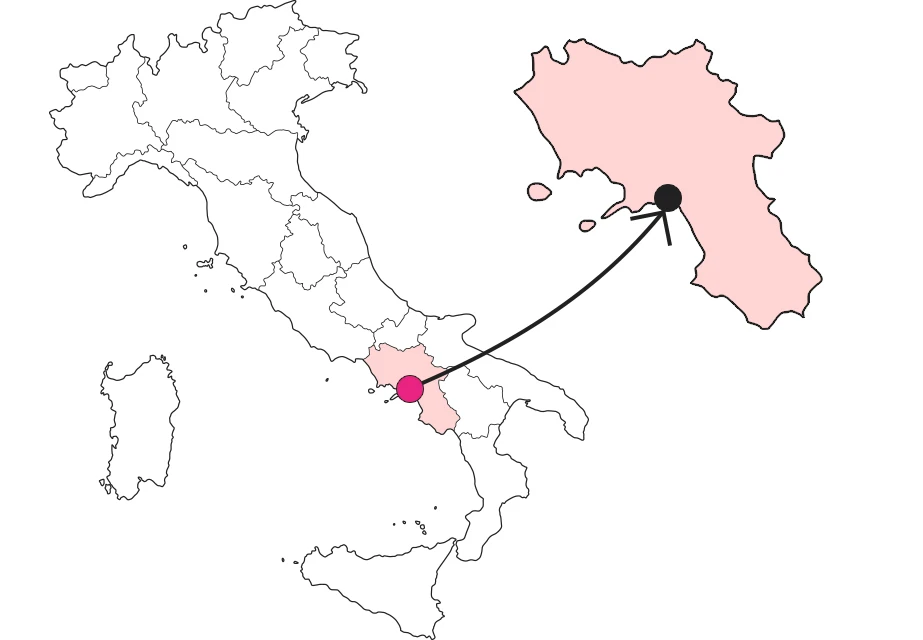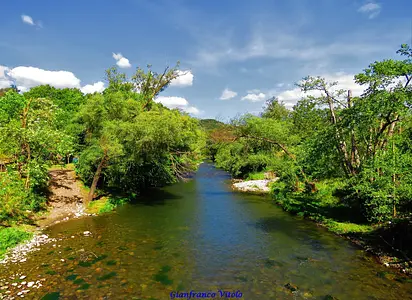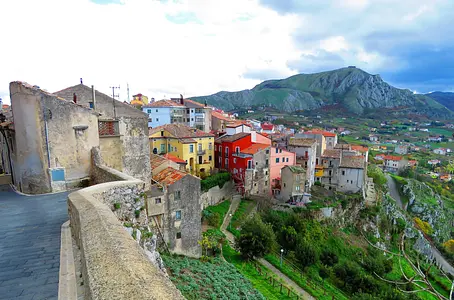SHARRYLAND









Casalbuono to Sala Consilina
On the trail of the ancient Via Popilia



Where

Dawn rises on the second day of our exploration of the Tanagro and its lands. After yesterday's wonderful experiences, we leave Casalbuono and follow the path of the river that, still young, boldly enters the Vallo di Diano. It is a basin located at an altitude of about 400 meters that is home to many villages and artistic and natural wonders, so much so that it is proudly part of the Cilento, Vallo di Diano and Monti Alburni National Park.
A walk through history: the Via Popilia
Indeed, as we go deeper into this territory, we realize how much history has passed through here, probably guided, as we are now, by the very river. Today, however, we part momentarily from its waters to explore the traces of this region's past. To do so, we follow an ancient route, dating back to Roman times: the Via Popilia. She will be the one to guide us to the wonderful villages that dot the Vallo di Diano, on a journey back through the centuries.
Padula: architecture and waters
Our first stop of the day is Padula, and not by chance: after all, even though today we rely on the ancient Roman road, our eyes always remain on the Tanagro, and this is a very important place for our river. It is precisely in the shadow of the beautiful Charterhouse of Padula that the Tanagro, after calling to itself the waters of all the streams encountered so far, can finally call itself an adult, and officially take the name of "river." A visit to the largest monastery in the South is undoubtedly exciting, but there is also another place in this village that holds a respectable record. It is the Early Christian Baptistery of San Giovanni in Fonte, one of the oldest in the entire West. In addition to its historical value, this place has a special connection with the waters of the Vallo di Diano: its baptismal font, in fact, does not need to be artificially filled, because it rises at a natural spring that, by fate or miracle, for centuries decided to give its best on Easter night. And, trust me, it will be really hard to find anywhere else a baptismal font that can look like this one!
 Baptistery of San Giovanni in Fonte
Baptistery of San Giovanni in FonteSala Consilina, crossroads of histories and cultures
Continuing northward, we come to Sala Consilina, a town more than a village, overlooking Basilicata and Calabria, but above all, a witness to the history and spirituality of this land. In its territory, in fact, there are numerous testimonies to the past, such as the Sanctuaries of San Michele and Sito Alto, not to mention the numerous archaeological finds housed in the municipal Antiquarium Museum.
On the banks of the river
Between villages, the history of the Vallo di Diano also shows itself in the landscape made up of cliffs, waterfalls, Cilento and Mediterranean flora and fauna, reminding us of what all these lands must have looked like before today's anthropization. The river also plays its part, offering stretches where its course becomes more lively, perfect for the adventurous who want to try their hand at canyoning and rafting activities offered by local associations.
Space for traditions: appointment with the table in Sala Consilina
In the midst of so many wonders, the sun is beginning to set, and it's time to regain strength to prepare for a new exciting day. What does Sala Consilina offer us? A nice plate of "Canistreddi e nocchi," for example, a recipe linked to the tradition of threshing, cooked immediately after finishing the wheat harvest or, in the winter period, linked to the slaughtering of the pig: "canistreddi" are long strips of braided pasta that, united with "nocche," slightly longer homemade pasta , were served at the table topped with meat sauce or pork or, more simply, with sauce and local pecorino cheese. The sweetest ritual dish are the "Cavati fritti," dumplings of leavened dough ncavated on the bottom of a basket to obtain a surface decorated in relief, fried and, in the best cases, sprinkled with sugar: they have always been considered the typical village dessert to be cooked during the big feast days.
Enter the Map of Italy's Undiscovered Wonders and find treasures where you least expect it... Inspire, Recommend, Share...
Collections
The Map thanks:
In the Community
Enter the Map of Italy's Undiscovered Wonders and find treasures where you least expect it... Inspire, Recommend, Share...
Discovering the Tanagro

INTRODUZIONE
Discovering the Tanagro

2 di 7
The adventure begins: the first meeting with the Tanagro

3 di 7
Casalbuono to Sala Consilina

4 di 7
From Sala Consilina to Pertosa

5 di 7
From Pertosa to Auletta

6 di 7
Auletta to Buccino

7 di 7
Buccino to Contursi Terme
Where

Collections

